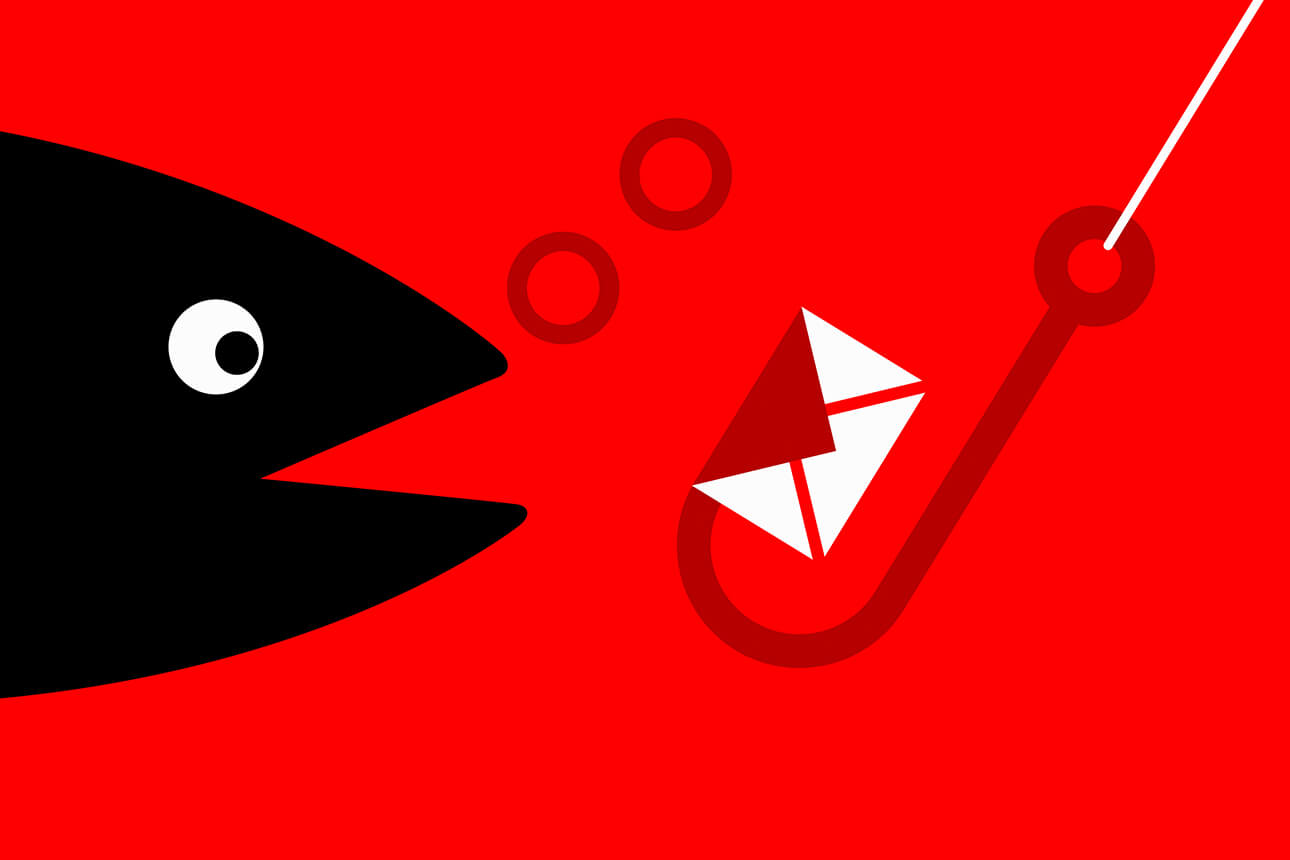How Direct Mail Delivers in the Age of Digital Marketing
New research shows that running direct mail campaigns can be a winning strategy and help brands cut through the clutter to reach consumers experiencing digital fatigue.

Patrick George/Ikon Images
Marketers have spent billions on targeted digital ads. But are digital marketing channels delivering enough impact to justify their rising costs in an era saturated with online ads and perpetually scrolling feeds? As consumer ad fatigue accelerates and privacy changes erode many of digital tracking’s advantages, returns on ad spend for such channels are dipping to historic lows. Direct mail, once seen as an old-fashioned medium, is reemerging as a powerful complement to digital.
When programmatic digital advertising rose to prominence in the mid-2010s, it promised pinpoint targeting based on user data, with a low barrier to entry and easily tracked conversions. However, the channel is losing its luster. Costs per click have steadily increased for both Facebook and Google, even as click-through rates on many social platforms have stagnated.
These trends are raising alarms for CMOs looking for new ways to connect with consumers and for CFOs looking at ballooning digital budgets and questioning the plateauing returns. And they are setting the stage for the rediscovery of direct mail. Far from a relic of the 20th century, direct mail can achieve impressive engagement and persist for days on a kitchen counter, whereas a banner ad disappears as a user scrolls past it, research has found.
The resurgence of direct mail is not merely a reaction to digital saturation; it reflects an understanding of how tactile experiences are able to break through noise. Sophisticated marketers — including retailers such as Free People, J.C
References
1. S. Purdy, “The Rising Trend of Direct Mail: Insights and Statistics for 2023,” MCC Solutions (blog), accessed May 2, 2025, www.mccsolutions.net.
2. R. Dooley, “Print vs. Digital: Another Emotional Win for Paper,” Neuromarketing (blog), Aug. 10, 2020, www .neurosciencemarketing.com; D. Ackerman, “A Natural History of the Senses” (New York: Vintage Books, 1991); H.N.J. Schifferstein and C. Spence, “Multisensory Product Experience,” in “Advances in Consumer Research, Volume 35,” eds. H.N.J. Schifferstein and P. Hekkert (Duluth, Minnesota: Association for Consumer Research, 2008), 370-376; A. Damasio, “The Feeling of What Happens: Body and Emotion in the Making of Consciousness” (Boston: Mariner Books, 2000); and A. Damasio, “Descartes’ Error: Reason, Emotion, and the Human Brain” (New York: Penguin Books, 2005).
3. “Enhancing the Value of Mail: The Human Response,” PDF file (Arlington, Virginia: U.S. Postal Service Office of the Inspector General, June 15, 2015), www.uspsoig.gov.
4. J. Peck and S.B. Shu, “The Effect of Mere Touch on Perceived Ownership,” Journal of Consumer Research 36, no. 3 (fall 2009): 434-447, https://doi.org/10.1086/598614; and J. Peck, V.A. Barger, and A. Webb, “In Search of a Surrogate for Touch: The Effect of Haptic Imagery on Perceived Ownership,” Journal of Consumer Psychology 23, no. 2 (spring 2013): 189-196, https://doi .org/10.1016/j.jcps.2012.09.001.
5. J.B. Cohen, M.T. Pham, and E.B. Andrade, “The Nature and Role of Affect in Consumer Behavior,” in “Handbook of Consumer Psychology,” eds. C.P. Haugtvedt, P.M. Herr, and F.R. Kardes (New York: Routledge, 2008), 297-348.
6. “Informed Delivery: Year in Review,” PDF file (Alexandria, Virginia: U.S. Postal Service, December 2024), www.usps.com.

